Bursitis Signs and Symptoms
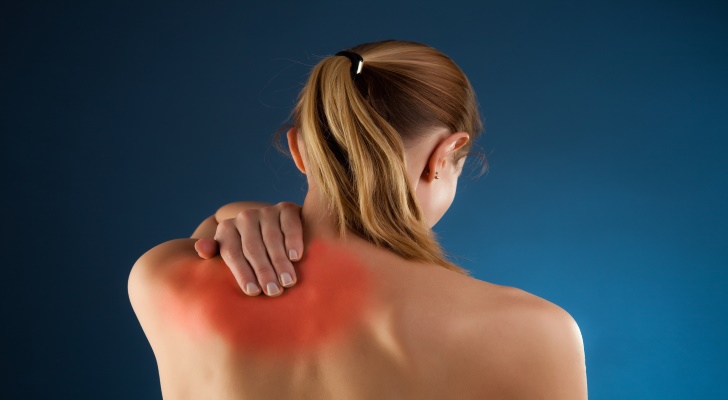
Pain in local areas. Bursae are small sacs that reduce the friction between the joints and tendons. If these sacs become inflamed, considerable local pain can result. This condition commonly affects joints like the shoulder and hip, and also the elbow. At times, the knee or heel may be affected, as also the shin. This condition is experienced as a dull pain in the area, which becomes acute if the affected limb is used. Non-prescription pain-killers will provide some relief, and the condition tends to resolve itself in about a fortnight.
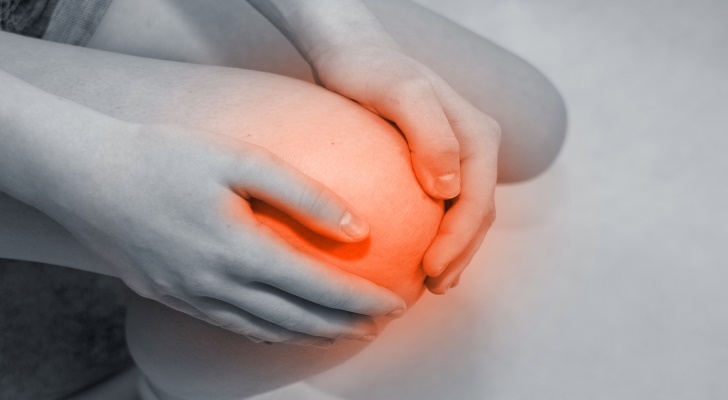
An ache in the knee. When Bursitis affects the knee, the joint will experience localized pain. The knee joint contains three main bursae, and the mobility of the joint is affected when any or all of these are inflamed. This condition also results in an increase of tension in the tendons, and in the bones themselves. One of the causes of Bursitis is trauma to the joint, which means that if you have injured your knee lately, you shouldn’t be surprised if chronic pain and Bursitis results.
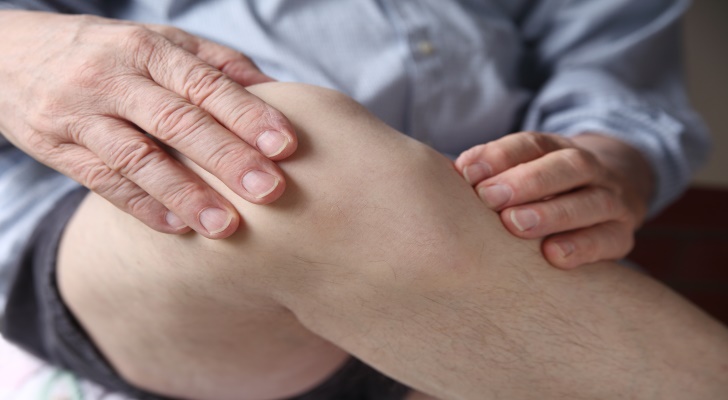
Extended soreness. If you are suffering from Bursitis, you can expect extended soreness in the region. Both movement and friction can result in considerable distress. This is particularly noticeable when the injured joint is the knee. With such an injury, lying down on the injured side of the body might become difficult. This can make some of the most common actions of everyday life exceedingly trying. Frequently, relieving the pain will also reduce the soreness.
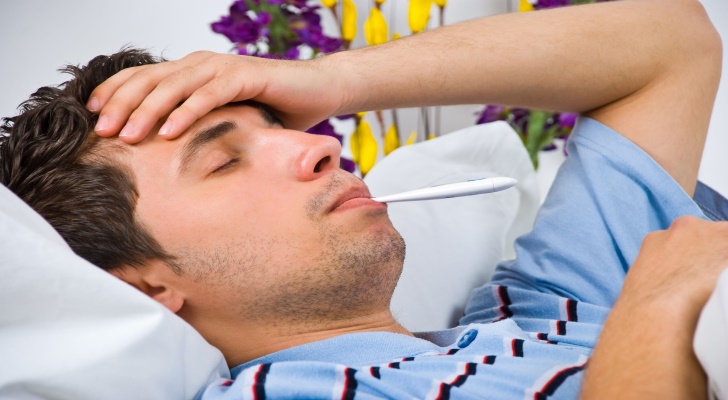
Running a fever. When the bursae become infected or septic, the patient can easily run a fever. The fever is no more than the body’s attempt to combat the infection in the bursae. As the body’s defenses go into overdrive, the patient’s temperature tends to rise. How serious this condition depends upon the seriousness of the infection.
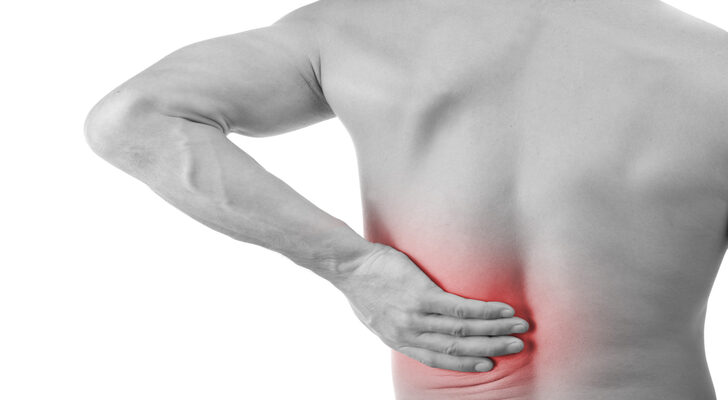
Reddened and inflamed tissues. Bursitis often causes inflammation a couple of days after the injury and initial pain. In the initial stages, Bursitis does not cause too much discomfort, and may only result in a low ache. As this is usually ignored, adequate rest is not given to the joint, and the condition continues to worsen. Ultimately, chronic trauma causes inflammation, and the joint swells visibly.
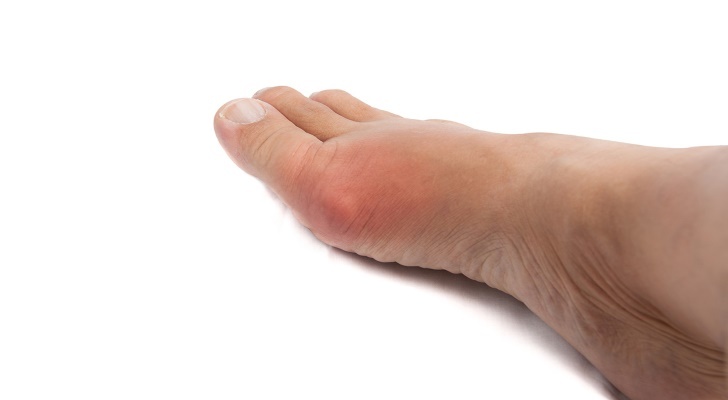
Extensive swelling. This usually occurs when the Bursitis has reached an advanced stage. When the bursa is extremely inflamed, the swelling will occur not only in the joint but also extend to a considerable extent on each side of the joint as well, reaching far up and down the adjoining limbs. If Bursitis affects the knee, for example, the swelling can extend almost to the ankle. Any area of the body that is experiencing Bursitis will show swelling proportional to the intensity of the condition.

Stiffened joints. When the bursae in the joint are inflamed, not only is a pain a symptom of the injury, but the joint also tends to stiffen up considerably. If the patient has not rested the joint since the injury and allowed the bursae to suffer chronic trauma, the mobility of the joint may become severely restricted, and it may be quite some time before it regains its function. Doctors recommend that a person with an injured joint, and especially Bursitis, should try to move the affected joint as little as possible, to rest it, and promote healing. The more one rests the joint, the faster the inflammation will subside, and the faster one will regain mobility.
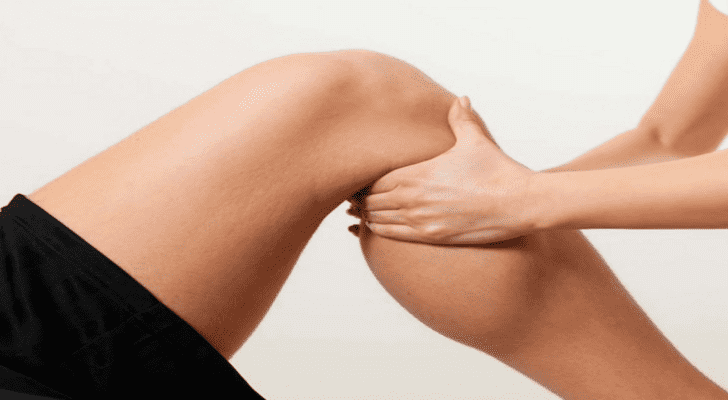
Ruptures in the skin. Ruptures in the skin usually occur when an infection of the bursae has grown unusually severe. As the infection spreads through the tissue, the resulting swelling causes ruptures in the skin. This cracked skin is exceedingly painful, and this is obviously a serious condition that requires considerable medical care.
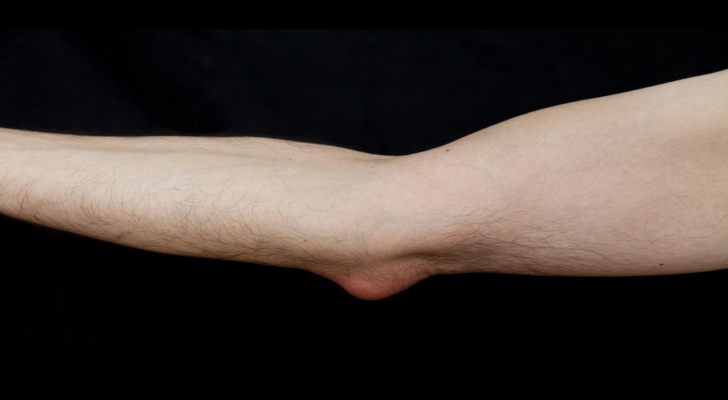
Local reddening of the skin and a feeling of warmth. Erythema often accompanies Bursitis and is a local reddening of the skin. This reddened area will blanch, or become pale when pressed down upon. The area will also feel warm. It is a common experience of those who suffer Bursitis that the affected joint swells up and becomes exceedingly painful, and also grows reddened with the skin being stretched tight and warm to the touch. If proper treatment is applied, these symptoms will quickly subside and the joint will regain its mobility.

Chills. One of the more rare effects of Bursitis is shivering, in which the patient feels a chill even if they happen to be in a warm or temperate area. While, as I mentioned, this symptom is rare, it can occur no matter which joint of the body is affected with Bursitis. A combination of joint pain and shivering is considered a fairly definite indicator of Bursitis.
